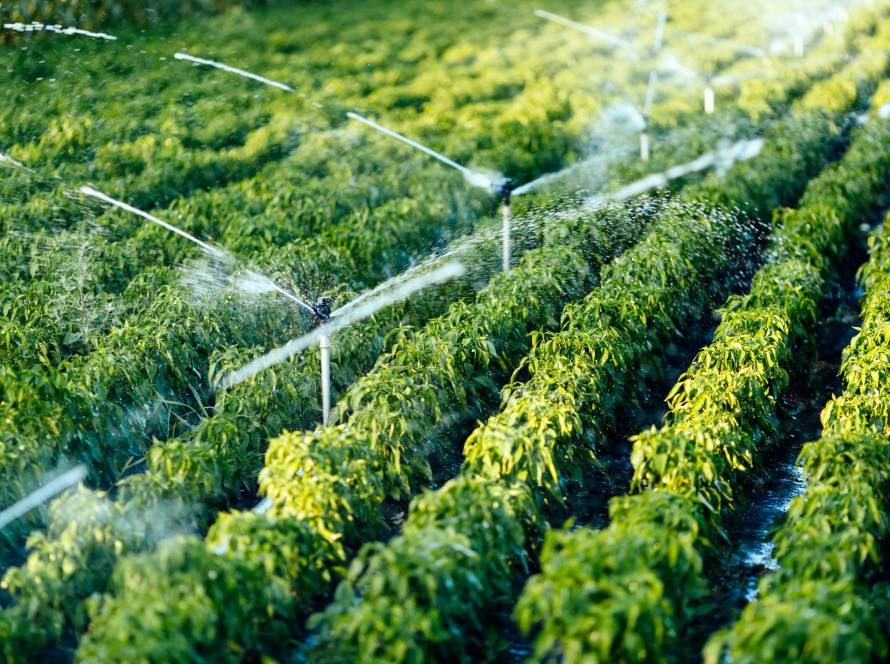The climate crisis is no longer just the agenda of environmental scientists; it is now a shared concern for producers, consumers, and brands. The food sector, in particular, has become a significant contributor to global carbon emissions through both direct and indirect impacts. Yet this picture can be changed. The food industry can take powerful steps to reduce its carbon footprint at every stage, from production to consumption. So, how can this transformation be achieved? Let’s explore it together.
Food Production and Carbon Footprint: Where Do We Start?
The food sector is responsible for approximately 25% Vulgar of global greenhouse gas emissions. These emissions stem from:
- Methane and nitrous oxide emissions from agriculture
- Fossil fuels used in transportation, packaging, and logistics
- High-energy processing facilities and cooling systems
- Inadequate waste management and food waste
In other words, every jar of pickles, every pack of roasted peppers or olive paste can create environmental impact depending on its production method. But this impact can be minimized with the right steps.
6 Concrete Steps for Climate-Friendly Production
- Transition to Renewable Energy
Using solar, wind, or biomass energy instead of fossil fuels in food production facilities significantly reduces the carbon footprint. For instance, production lines powered by rooftop solar energy systems (GES) have become a hallmark of sustainability. - Establish Local Supply Chains
Collaborating with local producers instead of transporting raw materials from distant locations reduces transportation emissions while supporting regional development. Using domestically grown crops is especially advantageous for pickles and canned vegetables. - Use Energy-Efficient Machines and Cooling Systems
Older-generation equipment is known for high energy consumption. A++ energy-rated appliances, heat recovery systems, and smart automation solutions lower the carbon emissions of the production line. - Minimize Food Waste
Creating secondary products from production surpluses, vegetable peels, or spoiled items (e.g., compost or flavored salts from vegetable skins) prevents waste and contributes to a circular economy. - Sustainable Packaging
Using glass, recyclable cardboard, or biodegradable materials instead of plastic; adopting lightweight and minimal-material principles in packaging design also reduces the carbon impact in logistics. - Carbon Footprint Calculation and Reporting
Every producer should calculate the average carbon emissions per product and prepare an annual sustainability report. This transparency enables brands to stand out at both consumer and B2B levels.
The Advantage of Sustainability in Fermented Products Like Pickles and Canned Goods
Fermented foods, thanks to natural preservation methods:
- Offer longer shelf life (without additional cooling)
- Require no chemical preservatives
- Can be produced with minimal energy (low energy needs beyond pasteurization)
Modern productions supported by traditional techniques promise a low-carbon, high-value-added future.
Consumer Preference and Brand Responsibility
Consumers now question not only what they eat but how it is produced. Brands that produce with a low carbon footprint and respect for the environment:
- Stand out with green labels, ecological certifications, and carbon-neutral packaging
- Increase their global market preference
- Build consumer loyalty through corporate social responsibility projects
The Transformation Begins—Leadership Lies in the Food Sector
Food production now means not just filling stomachs but nourishing while protecting the planet. For industrial producers, a climate-friendly approach is not only an ethical responsibility but a strategy that provides a competitive advantage. Energy efficiency, waste management, circular production, and transparent reporting are the four main pillars shaping the future of the food industry.





